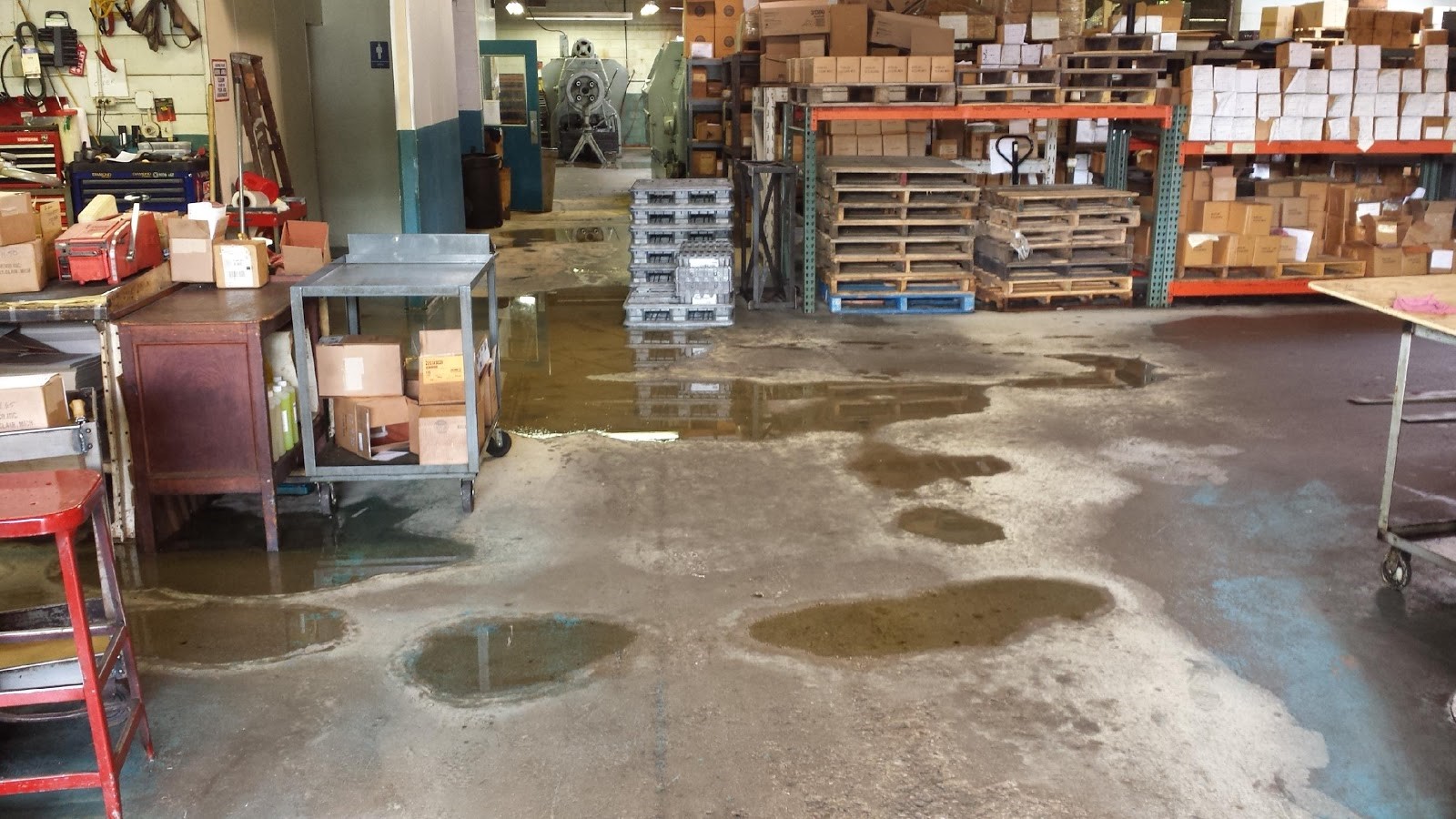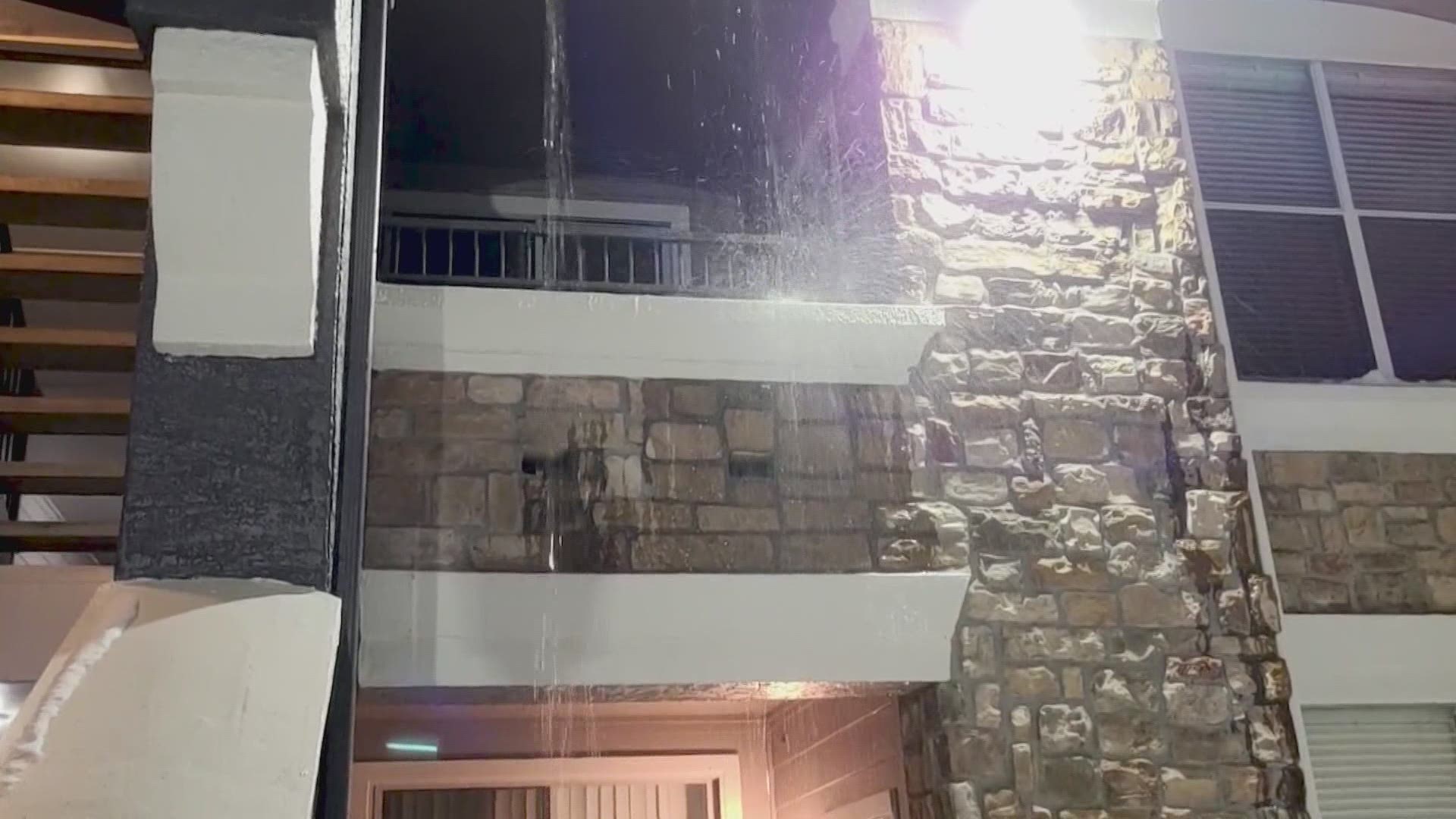Quick-Response Plumbing: Tips for Identifying as well as Fixing Ruptured Pipes
Quick-Response Plumbing: Tips for Identifying as well as Fixing Ruptured Pipes
Blog Article
On this page below you might get a lot of awesome facts related to How to Prepare for Your Dishwasher Installation.

A burst pipeline is a major emergency; you can just stand as you see water you pay dearly to rejoin with the planet. In worse situations, you see a pool on your kitchen area flooring, which is a fantastic trip threat, specifically if you have children around. If the pipe that burst remained in your wall surfaces, bad news: you may require to paint that whole area.
Just how can a tragedy like a ruptured pipeline be prevented and handled? Well, by listening to your expert emergency plumbing technicians as well as adhering to these regulations.
How do I understand when my pipelines have ruptured?
Changing water stress
Pipelines do not simply burst in a day. You might have observed that your kitchen area faucet or shower does not run promptly when you transform the tap. It might stop briefly for a couple of secs and after that blast you with even more force than typical.
In other instances, the water may seem typical at first, then drop in pressure after a few secs.
Damp wall surfaces and also water discolorations
Prior to a pipeline bursts, it will leak, most times. If this persistent dripping goes undetected, the leakage might graduate into a broad gouge in your pipe. One very easy means to prevent this emergency is to look out for wet walls advertisement water discolorations. These water discolorations will certainly lead you right to the leakage.
Puddles under pipelines and also sinks
When a pipeline ruptureds, the discharge develops a pool. It may appear that the pool is expanding in dimension, and also regardless of the number of times you wipe the puddle, in a few minutes, there's another one waiting to be cleaned. Often, you might not have the ability to map the pool to any type of visible pipes. This is a sign to call a professional plumber.
Untraceable trickling sounds
Pipeline bursts can happen in the most unpleasant places, like within concrete, inside walls, or under sinks. When your house goes quiet, you might be able to hear an annoyingly relentless trickling noise. Even after you've examined your shower head as well as kitchen area faucet, the leaking may continue.
Beloved viewers, the leaking may be coming from a pipeline inside your walls. There isn't much you can do about that, other than inform a specialist plumber.
Shut down the Water
When water freezes, it expands in quantity by regarding 9 percent. And it increases with incredible force: The pressure inside pipelines may go from 40 pounds per square inch to 40,000 psi! No pipeline can hold that much pressure, so it breaks open. The break might happen where the ice types, but regularly, it happens where water pressure finds a weak point in the pipe. That might be inches and even feet from the frozen location. Discover the water shutoff valve and turn off the water to prevent more damages. You could additionally require to turn off the electrical power too, depending upon where the leaks takes place as well as just how big it is.
Infected water
Many individuals think a ruptured pipe is a one-way electrical outlet. Fairly the contrary. As water flows out of the hole or gouge in your plumbing system, pollutants find their method.
Your water might be infected from the source, so if you can, check if your water storage tank has any issues. However, if your drinking water is provided and detoxified by the city government, you must call your plumber instantly if you see or scent anything funny in your water.
What do I do when I identify a burst pipeline?
Your water meter will certainly continue to run also while your water wastes. To reduce your losses, find the major controls and transform the supply off. The water pipe are an above-ground structure beside your home.
How to Fix & Detect a Leaking Pipe
How Do I Know if a Pipe is Leaking?
Leak detection tests can help you determine if your pipe has a leak. Even if you don’t see an apparent leak, you should still conduct leak detection tests regularly to save water and money—and prevent major damage to your home.
Water meter. It can be helpful to figure out what your usual water meter usage numbers are and then monitor them regularly. To monitor your meter, first, turn off all water faucets in your home. Check the meter and write down the numbers. In a few hours, check the meter again. If the numbers have changed, you have a leak. Water gauge. Use a water gauge to test your water pressure. Your showerhead should produce a certain amount of water pressure based on its model and design. If the pressure is lower than it is supposed to be for that specific showerhead, your home likely has a leak. Puddles. Look inside your bathroom, laundry, and kitchen sink cabinets. Puddles around the cabinets or around toilets, tubs, showers, and washing machines indicate the presence of a leaking pipe. You may also notice loose tiles, peeling or flaking paint, or mold caused by water accumulation. Napkin test. Even if you don’t see any puddles, you may still have a leak. You can test for water leaks in the bathroom, laundry, and kitchen by wiping below-sink connections with a napkin, paper towel, or piece of toilet paper. If it becomes damp, you probably have a leaking pipe under the sink. Discolored walls. Walls that are discolored—usually with brown or yellow stains—or bulging might mean that they have been impacted by water damage caused by a leaking pipe. Smell. A leaky pipe will create sitting water, and over time, that water may develop a musty smell. If your home smells musty, but you can’t locate the source, it may be due to a leak. Steps for Fixing a Leaking Pipe
A leaky drain can be remedied by tightening the pipe base, replacing the drain seal, caulking the rim, and tightening the pipe nut. Similarly, a leaking toilet pipe can be treated by tightening the packing nut. You may also need to replace the valve. A leaky faucet may just need tightening or replacement of the washers. If that doesn’t work, consider replacing your faucet. If your pipe has a hole in it, you may want to use a pipe leak sealer or pipe leak tape. This quick fix for water pipe leaks can also temporarily fix a copper pipe leak. https://www.ahs.com/home-matters/quick-tips/how-to-tell-if-pipes-are-leaking/

Hopefully you enjoyed reading our section on How to Prepare for Your Dishwasher Installation. Thanks a lot for taking a few minutes to browse our piece of content. Do you know another individual who is interested in the subject? Do not hesitate to promote it. I appreciate reading our article about How to Prepare for Your Dishwasher Installation.
Free Estimate
Report this page